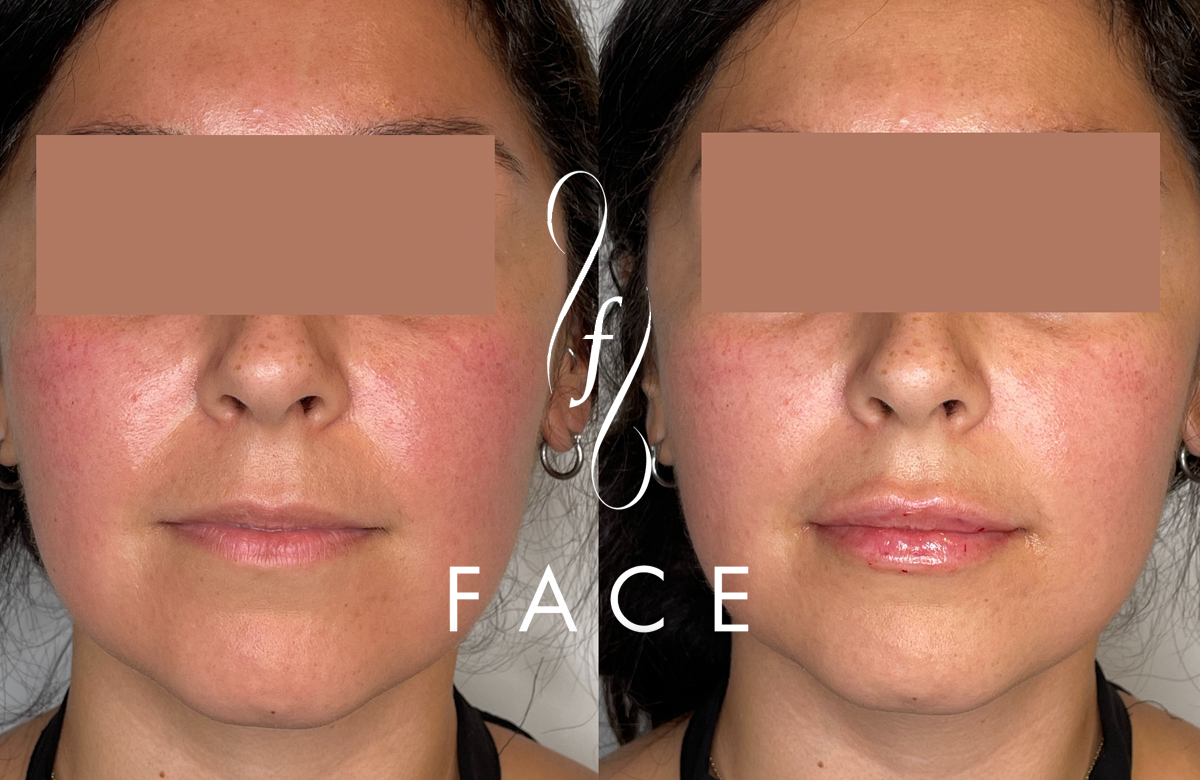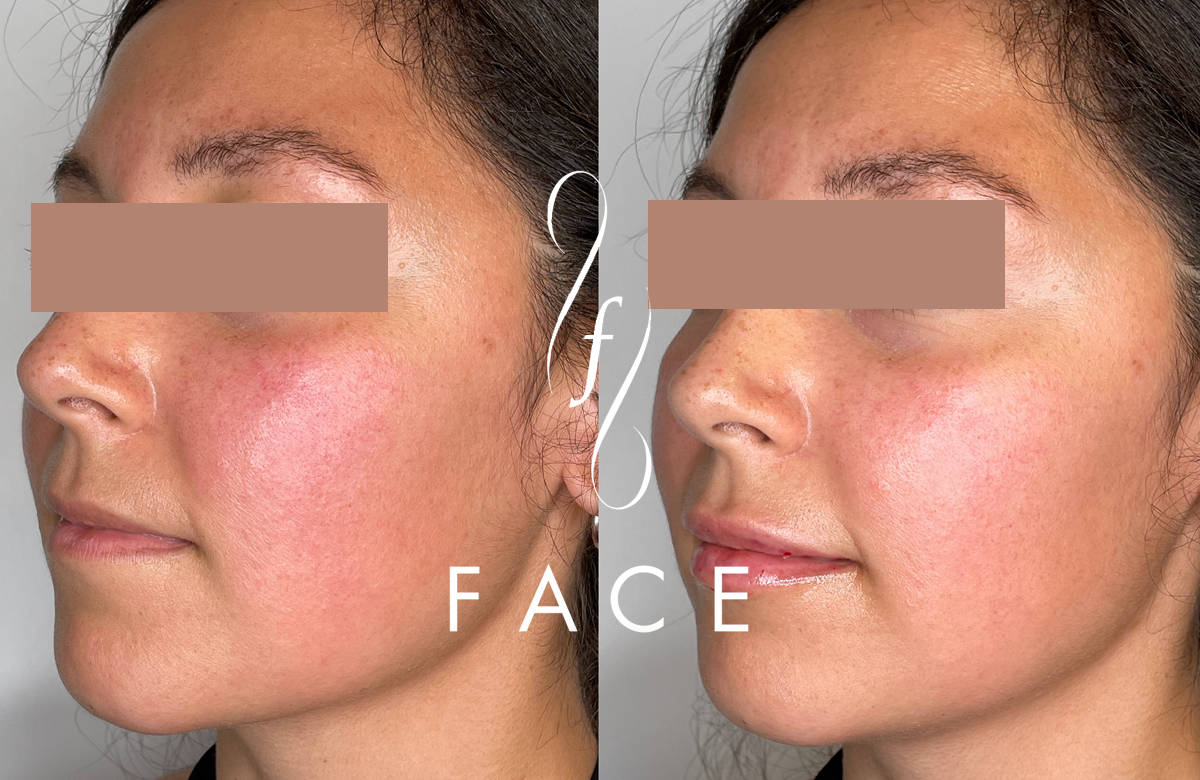What are Dermal Fillers?
Loss of facial volume happens as a natural result of the aging process. Dermal fillers are biocompatible substances that can be safely injected into areas of the face that need more fullness. Several different materials make good dermal fillers and offer a variety of benefits. Some dermal fillers work well for smoothing out lines and wrinkles, while others target different areas of the face that need more bulk volume.
How Much Are Dermal Fillers?
Dermal filler costs vary widely based on your location, provider, and dermal filler type. Dermal fillers are usually priced by the syringe, so your estimate may need to account for how much filler you require. The American Society of Plastic Surgeons reports average dermal filler costs to range from $600 to $1000 per syringe. We can discuss your goals and how much filler you may need to achieve them during your consultation.
Detailed Cost Breakdown
The cost of dermal fillers varies based on several factors, including the type of filler used, the area being treated, and the amount required. On average, you can expect to pay between $600 and $1,000 per syringe.
Hyaluronic acid-based fillers, like Restylane or Juvederm, typically fall within this range. These fillers are popular for their versatility and effectiveness. However, more specialized fillers, such as Sculptra, which stimulates collagen production, can be more expensive, often ranging from $800 to $1,200 per vial.
Different areas of the face may require varying amounts of filler. For instance, enhancing the cheeks or lips generally requires more product compared to smaller areas like under the eyes. This directly affects the overall cost.
If multiple syringes are needed, the total price will naturally increase. Additionally, some patients might require more than one session to achieve their desired results, which can further impact the cost.
Understanding these factors helps provide a clear picture of what you might expect to spend when considering dermal fillers. It’s essential to consult with your provider for a precise estimate tailored to your needs.
Importance of Provider Expertise
The skill and experience of the provider administering dermal fillers play a crucial role in the safety and effectiveness of the treatment. Choosing an injector with proper training and experience can significantly impact your results.
An experienced provider understands facial anatomy and knows how to achieve natural-looking outcomes. They are skilled at determining the appropriate filler type and amount for each area of the face, reducing the risk of complications.
The expertise of the provider also influences the cost. More experienced providers may charge higher fees, but their expertise often leads to better and safer results. This is a key factor to consider when budgeting for your treatment.
It’s important to select a provider who is certified and has a proven track record in administering dermal fillers. This choice can make a significant difference in the overall success of your procedure.
Consultation Process
A consultation is the first and most important step before getting dermal fillers. During this session, the provider will assess your facial structure, discuss your aesthetic goals, and recommend the most suitable filler type for your needs.
In the consultation, expect to learn how many syringes may be required to achieve your desired results. The provider will explain the expected outcomes, how long the procedure will take, and what the recovery process might involve.
This session also gives you the opportunity to ask questions and express any concerns you might have. The provider can address these and provide you with a detailed, personalized treatment plan, including the costs involved.
Having a consultation ensures that the treatment plan aligns with your expectations and needs. It’s a crucial step in achieving the best possible results from your dermal filler procedure.
Maintenance and Longevity
Dermal fillers are not permanent, and the results typically last between 6 to 18 months, depending on the type of filler used and the area treated. For example, hyaluronic acid fillers like Juvederm may last up to a year, while Sculptra, which promotes collagen growth, can last up to two years.
Regular maintenance treatments are often necessary to keep your results looking fresh. These touch-up sessions usually require less product than the initial treatment, which can help reduce costs over time.
It’s important to discuss with your provider how often you should return for maintenance treatments. This helps in planning both your schedule and budget for ongoing care.
Understanding the longevity of different fillers and the need for maintenance can help you make an informed decision about your treatment plan.
Additional Costs
When considering dermal fillers, it’s important to account for potential additional costs beyond the price of the fillers themselves. These can include consultation fees, which some providers charge to assess your needs and discuss treatment options.
In some cases, there may be facility fees if the treatment is performed in a specialized clinic or medical office. These fees cover the use of the space and any necessary equipment during the procedure.
Aftercare products might also be recommended following your treatment. These can include creams or ointments to aid in the healing process or to maintain the results of your fillers. While these products are usually not expensive, they are an extra cost to consider.
By being aware of these additional expenses, you can better plan your budget and avoid any surprises.
Comparison of Filler Types
Different dermal fillers serve various purposes and have unique benefits. Here’s a quick comparison of some common types:
Hyaluronic Acid Fillers
These are the most popular fillers and include brands like Juvederm and Restylane. They are effective for adding volume, smoothing wrinkles, and enhancing lips. Results typically last 6 to 12 months.
Sculptra
Sculptra works differently by stimulating collagen production over time. It’s ideal for restoring facial volume and can provide results that last up to two years. It requires multiple sessions for optimal results.
Calcium Hydroxylapatite (Radiesse)
This filler is often used for deeper wrinkles and facial contouring. It not only adds immediate volume but also stimulates collagen production. Results can last up to 18 months.
Each filler has its own strengths, and the best choice depends on your specific goals and the area being treated. Discussing these options with your provider can help you select the most suitable filler for your needs.
Geographic Location Influence
The cost of dermal fillers can vary significantly based on the geographic location of the clinic. In major metropolitan areas, where the cost of living is higher, you may find that dermal filler treatments are more expensive. For example, clinics in cities like New York, Los Angeles, or Chicago often charge more compared to those in smaller towns or rural areas.
This variation is due to higher operating costs, such as rent and staff salaries, in large cities. Additionally, clinics in upscale neighborhoods may charge premium prices, reflecting their clientele and the level of service provided.
When planning for dermal fillers, it’s worth considering how location might impact the overall cost. If you’re open to traveling, you might find more affordable options in nearby cities or regions.
Understanding the influence of geographic location on pricing can help you make a more informed decision about where to receive your treatment.









